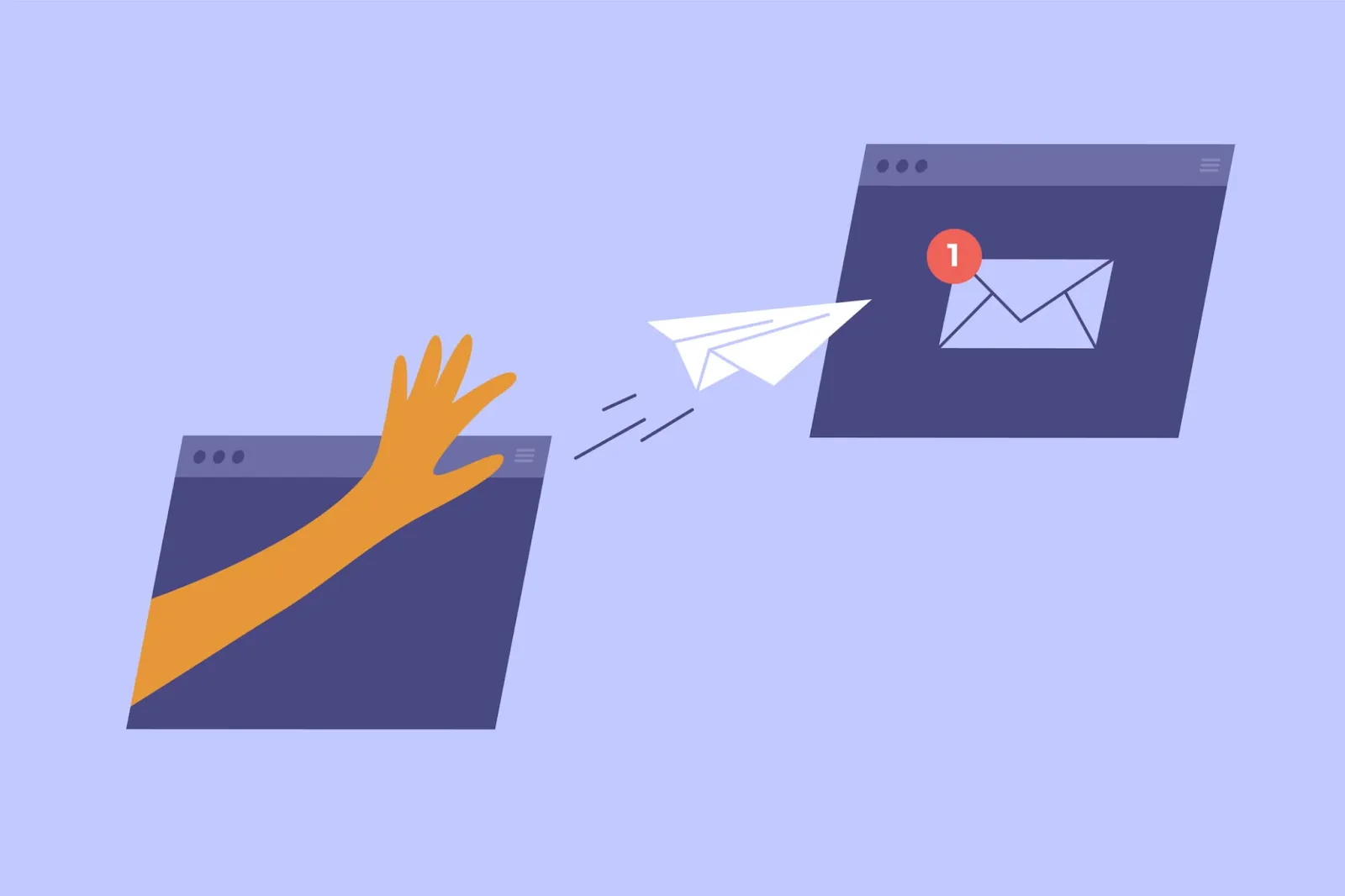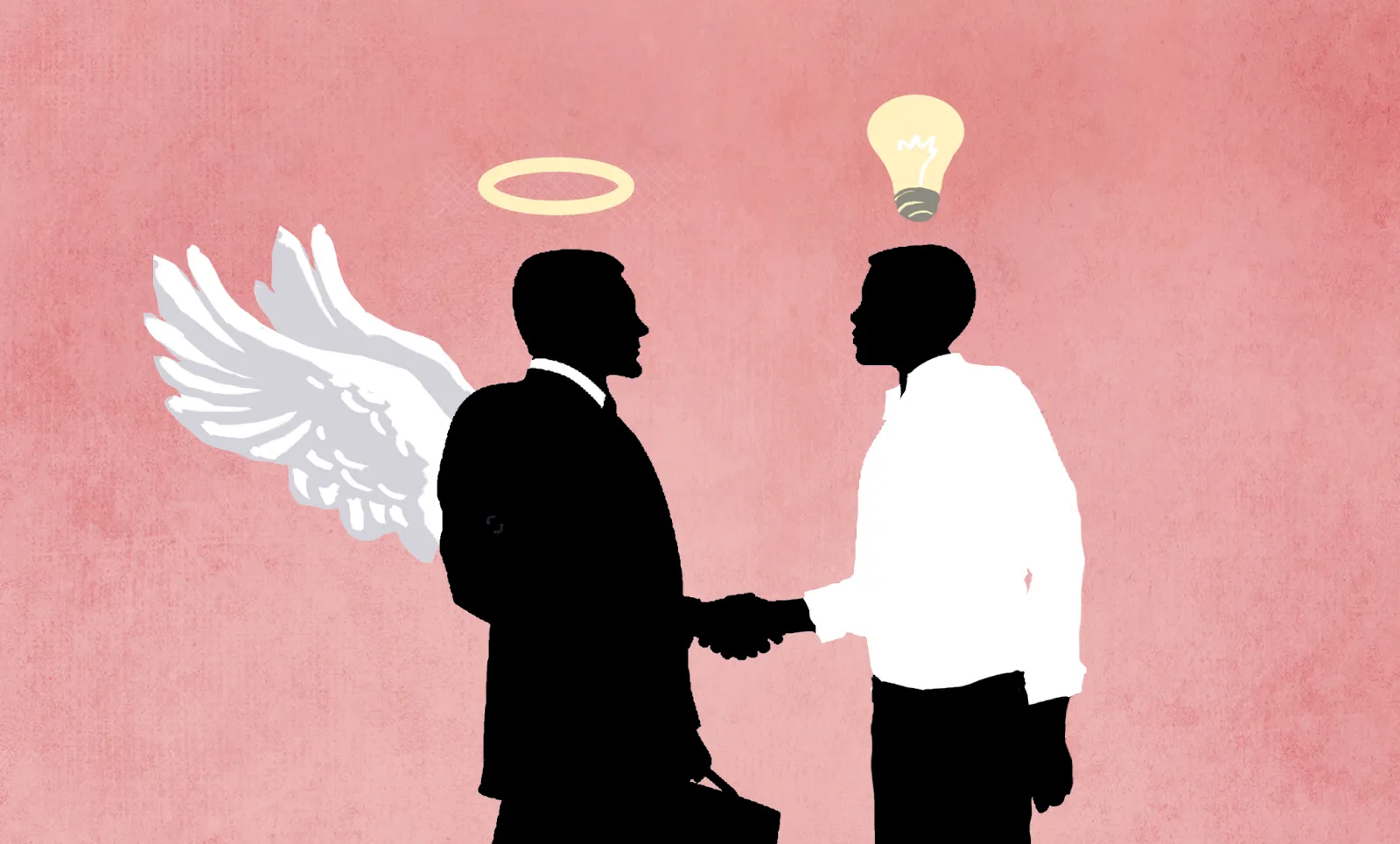Sales is a complex job. Pushing through obstacles and closing the deal is never easy, but it is critical for every company owner who wants to see success. In fact, 35% of salespeople identify closing deals as the most challenging part of the sales process.
This blog post will lead you through some sales techniques on how to complete sales that will help you improve your sales process so you can focus on what really matters: expanding your business!
A well-trained sales team can significantly impact closing rates by using tailored sales interactions to address customer needs. Consistent sales training equips reps with the latest techniques and strategies to handle objections and close deals faster.
We all understand the significance of closing sales. It is critical to close agreements, whether you are offering a product or a service, in order to make money. This post will explain various tactics for closing sales in your organisation.
Understanding the sales cycle helps sales professionals navigate each stage, from prospecting to closing, with greater efficiency.
You should begin by gaining knowledge of what motivates consumers and then utilise these reasons to interact with them. It’s also critical to comprehend their concerns and provide answers that address them!
14 Proven Sales Techniques You Should Use

Applying effective sales techniques ensures that sales reps can engage potential customers and guide them toward a confident purchase decision.
1. Ask for business sooner rather than later
Ask a possible customer whether they’re interested in what you’re offering when you first meet with them. If they are, make a request for the sale immediately.
Don’t leave it till the end of the meeting, or even worse, after they’ve had time to consider it.
Effective phone calls with prospects should be clear, engaging, and focused on addressing their needs to drive sales forward.
A compelling sales pitch should highlight the unique value of your product, directly addressing the customer’s pain points and needs.
Successful sales reps constantly identify potential customers by analyzing market trends and engaging in targeted outreach strategies.
2. Use a “yes ladder” to help you decide
A “yes ladder” is a tactic in which you ask a succession of yes-related questions in order to persuade your consumer to buy from you.
“Are you open to testing this product?” or “Would you like me to explain how this works?” are examples of questions you might ask.
Your customer will be more likely to agree to buy from you in the end if you persuade them to say yes at each phase.
3. Using a “no ladder” approach to closing sales is a good way to go
Make use of a “no ladder.” A “no ladder,” like a “yes ladder,” is a method in which you ask a succession of questions about no in order to encourage your consumer to say no.
If you’re attempting to screen out poor leads or convince your customer to grasp the dangers of not buying from you, this might be useful.
“What are your concerns?” or “How does this compare to your present solution?” are examples of questions you might ask.
Your consumers will be more inclined to buy from you in the end if you persuade them to say no at each phase. Skilled sales professionals excel in building rapport, identifying customer needs, and guiding prospects through the sales funnel effectively.
4. Provide a free trial

In order to get people to buy from them, many businesses provide a free trial of their product or service.
This is a terrific sales technique that will make your consumers check out your goods before making a purchase.
Just be sure to spell out the terms of the free trial so that your consumer isn’t taken aback when they’re charged for the goods afterwards.
Also Read: How To Create A Sales Pipeline In 6 Easy Steps
5. Demonstrate the value of your product
What are the best sales techniques to close sales? Showing someone how your product can benefit them is one of the best ways to encourage them to buy it from you.

Why should they choose you above your competitors? What distinguishes your product from others?
Your potential clients will be more inclined to buy if you demonstrate the value of your goods.
Solution selling focuses on identifying a customer’s problem and positioning your product as the best solution rather than just another purchase.
6. Leverage the power of scarcity
Scarcity is a sales method in which you indicate that your product is only available for a limited period, supply, or availability in order to entice potential buyers to buy from you right away.
For example, you might provide a discount to the first 100 people who answer, or you could inform them that your product will be ready for purchase soon, but not if they wait too long.
Using the right sales tactic at each stage of the sales cycle ensures a smooth transition from lead to customer.
Engaging with existing customers through loyalty programs and personalized offers helps drive repeat sales and long-term business growth.
7. After the transaction, ask for referrals

After your potential client has purchased from you, ask if they know anybody else who would be interested in what you’re selling.
Make sure you reward them for their referral by giving them a discount on their future purchase if one is made. This might assist you in generating more leads and revenues from existing clients.
Leveraging customer relationship management (CRM) tools helps sales reps track interactions and personalize follow-ups for better conversions.
8. Take advantage of social proof

Social proof refers to the idea that individuals are more inclined to do something if they witness others doing it before.
By including client testimonials or showcasing honours and accreditations you’ve achieved, you may employ social proof in your marketing materials and on your website.
Genuine and insightful customer interactions lead to stronger relationships and higher conversion rates over time. Viewing sales as a strategic sales game can help reps stay motivated, adapt quickly, and improve performance.
9. Provide a money-back guarantee

Many businesses provide a money-back guarantee to convince potential clients that they are making the right choice by purchasing from them.
This can assist you in gaining your client’s trust and making them feel at ease about making a purchase from you.
10. In exchange, give them a solid guarantee
You may offset your customer’s contentment with your own satisfaction guarantee for your product or service.
If you provide one, be sure to spell out the circumstances under which someone may be eligible for a refund so that they understand when it applies and when it does not.
11. Offer freebies in the sale package
Many businesses will include something extra in their sale package to entice customers to buy from them rather than the competitors, such as free shipping or a free product in addition to the purchase price of your goods.
This works especially well if you’re selling something that isn’t readily available or that the buyer would have to buy separately.
12. Make it simple for them to buy from you
Make sure your website is simple to use and has all of the information potential clients require to make a purchase.
Include explicit pricing, product descriptions and photographs, as well as delivery information. If potential consumers have any queries or issues, make sure you have a contact form or an email address where they may reach out to you.
A successful sales rep understands customer psychology and adapts their approach to match the buyer’s preferences.
13. Make the purchase process simple
In addition to making it simple for your potential clients to discover the information they need on your website, make the purchasing procedure itself straightforward.
Include an order form with all of the required fields filled in so they can quickly fill it out and place an order with you.
Ensure that your product availability is correct so that there is no doubt about whether or not a client will receive the goods by a specific date.
Optimizing the sales funnel ensures that every stage, from lead generation to closing, is designed for maximum conversion.
14. Allow them to pick how they want to pay for your product
Allowing your consumers to pay for their purchases in the method that is most convenient for them is one approach to further simplifying the purchasing process.
Offer both online and offline payment alternatives, such as online credit card payment, offline bank transfer, cash on delivery, and more, so customers may pay for what you’re selling in a variety of ways.
Successful selling isn’t about pressure—it’s about understanding, guiding, and delivering value to the right prospects at the right time. Whatever sales strategy you choose from this list, make sure it relates to who your potential clients are and the difficulties they may be experiencing; this will help you figure out “how to close sales.
Meaningful sales interactions help build trust and nurture relationships, increasing the chances of closing deals successfully.
How to Adapt Sales Techniques to Different Buyers

1. Identify Buyer Personality Types with Quick Questions
Not all buyers are the same. Some are logical, while others buy based on emotions. To sell effectively, you must identify their personality type.
- Ask simple questions like: “What’s most important to you in a product?” or “How do you usually make a purchase decision?”
- Pay attention to their tone and words. If they ask about price, features, and comparisons, they are logical buyers. If they mention how they feel about the product, they are emotional buyers.
- Use quick assessments. If a buyer is direct and to the point, they may prefer fast decisions. If they ask a lot of questions, they likely need detailed information before deciding.
2. Adjust Your Communication Style to Match Their Pace
Once you know the buyer’s type, adjust how you talk to them.
- Fast-paced buyers want short, clear answers. Stick to key points.
- Detail-oriented buyers need more information. Explain features and benefits step by step.
- Friendly buyers enjoy small talk. Build a connection before getting to business.
- Reserved buyers prefer facts over chit-chat. Get straight to the details and avoid too much personal talk.
Matching the buyer’s style helps them feel comfortable and improves trust.
3. Use Stories for Emotional Buyers, Facts for Logical Buyers
Buyers process information in different ways. Some need stories to relate to a product. Others want data to make a decision.
- For emotional buyers, share success stories. Example: “One of our clients saved 50% in costs using this solution.”
- For logical buyers, use facts. Example: “This product has a 99% success rate based on customer data.”
- Combine both if unsure. A short story backed by real numbers works well for most buyers.
4. Let Skeptical Buyers Feel in Control with Open-Ended Choices
Some buyers hesitate because they fear making the wrong decision. Giving them control makes them feel safe.
- Offer options instead of pushing one choice. Example: “Would you like the monthly or yearly plan?”
- Ask open-ended questions like “What features matter most to you?” This shifts focus from doubt to decision-making.
- Avoid aggressive selling. Let them explore, compare, and choose at their own pace.
5. Recognize Buying Signals and Adjust the Close
Some buyers give hints when they’re ready to purchase. Recognizing these signals helps you close the deal smoothly.
- Common buying signals: Asking about pricing, delivery time, or product guarantees.
- Adjust your close based on their readiness. If they hesitate, offer a small incentive like a limited-time discount.
- Confirm their decision with simple questions: “Does this solution meet your needs?”
Implementing practical sales tips, like active listening and personalized outreach, can significantly improve conversion rates.
Ask these questions to transform a “no” into a “yes”
Understanding your prospect’s pain points allows you to tailor your pitch and highlight how your product directly solves their challenges. Below are some questions you can ask them:
1. What are your concerns?
Identifying and understanding the objection is the first step towards overcoming it. Once you’ve identified the objection, you may focus on overcoming it.
2. What are your main concerns?
The customer’s issues should be addressed in the second phase. Addressing these issues can help them relax and may encourage them to buy from you.
3. Is there anything I can do to assist in the resolution of those concerns?
If you are unable to address the customer’s worries, discover what else you can do to assist them to relax. This might involve giving you more information or giving you a discount.
4. Why haven’t you purchased from us previously?
This inquiry might assist you to figure out why a client hasn’t bought from you before and what has to change for them to do so again.
5. Would you be interested in purchasing from us if we could resolve those issues?
Once you know what the customer’s complaints are, you can use this inquiry to see if they’d be willing to buy if those objections were resolved.
6. Allow me to explain what I believe the best answer is
If a consumer is hesitant to buy from you, this inquiry might assist in demonstrating that you are aware of their worries and have a strategy in place to address them.
7. Have you ever made a purchase from us?
This inquiry might assist you to identify whether the consumer has previously purchased from you and had a great experience. If they haven’t, it’s possible that this is the reason they are afraid to buy from you again.
8. How did you find that experience?
The next stage is to learn more about their previous purchases from you. This information can assist you in determining what went wrong and how to prevent it from happening again.
9. Have you considered buying from anybody else?
This inquiry might assist you in determining who the customer is seeking for their business requirements. If they mention a competition, you can figure out why they aren’t buying from you and what you can do about it.
10. Why haven’t you made up your mind?
Keep in mind while asking this question that there might be a variety of reasons why the buyer has yet to make a decision.
Budget restrictions or alternative options that have presented themselves are two frequent causes.
This data will show you what you need to do to ensure that your solution stands out amid the competition when it comes time for them to make a decision.
11. When will you be in a position to make a choice?
This inquiry might help you figure out when the consumer expects to buy and what you need to do to make sure your solution is available on time. It can also indicate if they are simply looking or actively seeking a purchase at this time.
12. Is there anything else I should think about?
Keep in mind that the answer may not always be obvious when you pose this question.
Even if it isn’t an objection, understanding their worries and motives can help you choose how to effectively market your product and seal the sale with them.
At the very least, you’ll learn something useful that you may use in future talks with them and other potential clients.
13. What would it take for you to make a purchase from us right now?
This inquiry might help you clinch the deal with a consumer by tailoring an offer to their individual needs. It also demonstrates your willingness to collaborate with them to discover a solution that benefits both of you.
14. Can you think of anything else I can do to help you?
This question is usually an excellent way to close a conversation with a customer since it keeps the door open for future conversations.
It also ensures that customers feel valued and appreciated, which may encourage them to purchase from you again in the future.
15. What is the best way for me to contact you?
The last thing you should ask is what information they’d want you to follow up on. This will ensure that they feel heard, as well as provide you with the knowledge you need to have a productive future conversation with them.
At Alore, we often use these sales techniques to help our clients convert prospects into customers. These techniques are tried and tested by us. Let us know what you think!
Conclusion
Adapting sales techniques to different buyers is essential for success. Every buyer is unique, so understanding their needs helps you build trust. Use quick questions to identify their personality. Adjust your communication style to match their preferences. Present the right mix of stories and facts to persuade them. Let skeptical buyers feel in control by offering choices. Watch for buying signals and adjust your approach accordingly. When you use the right techniques, you turn prospects into satisfied customers.

.webp)






